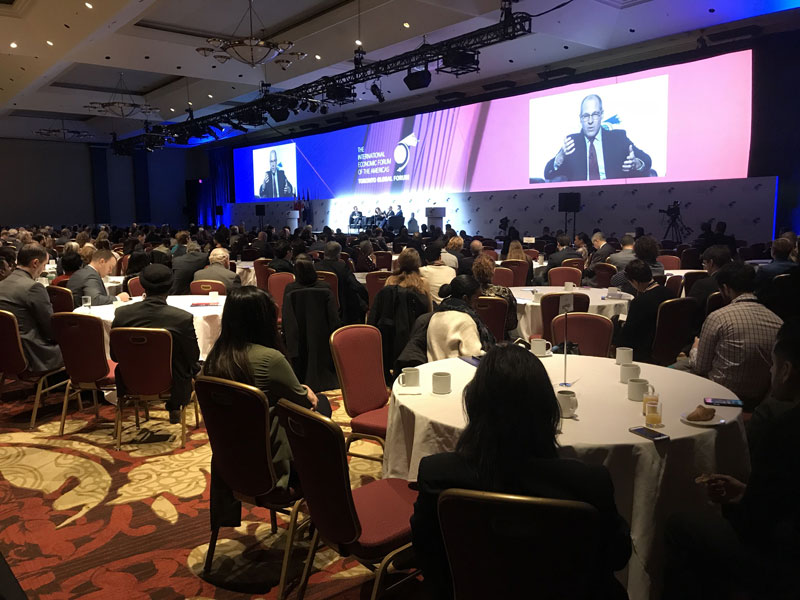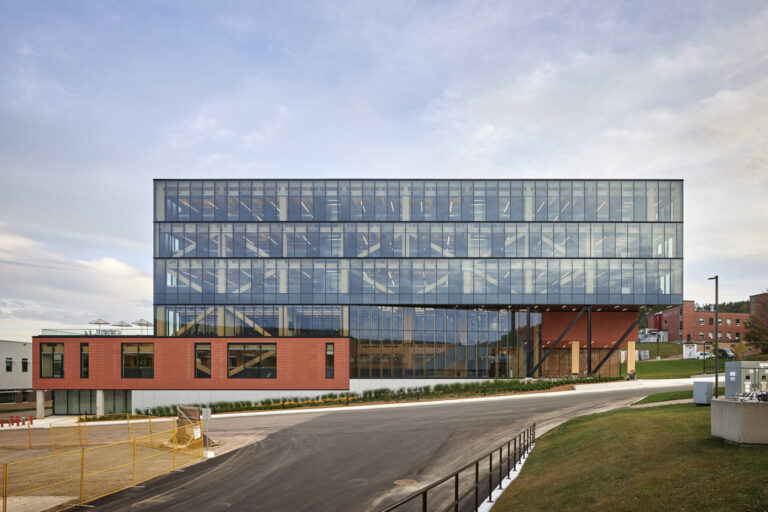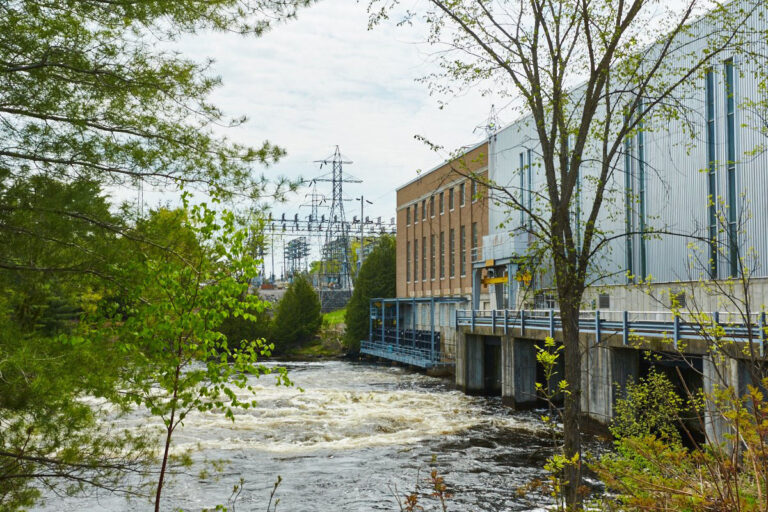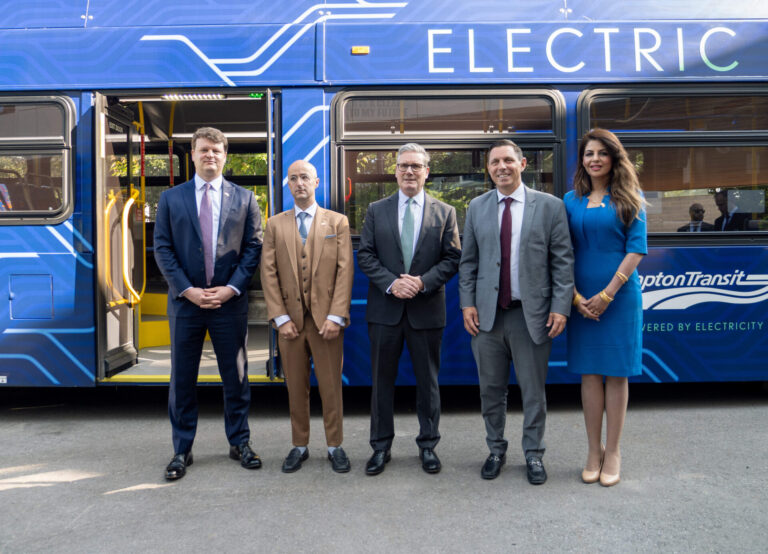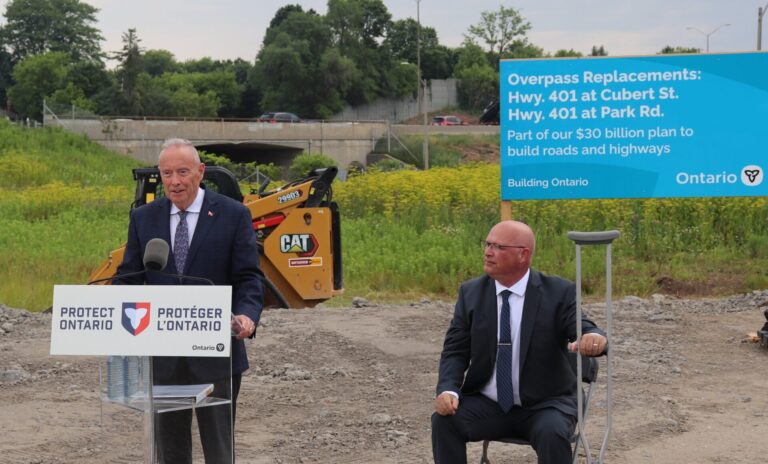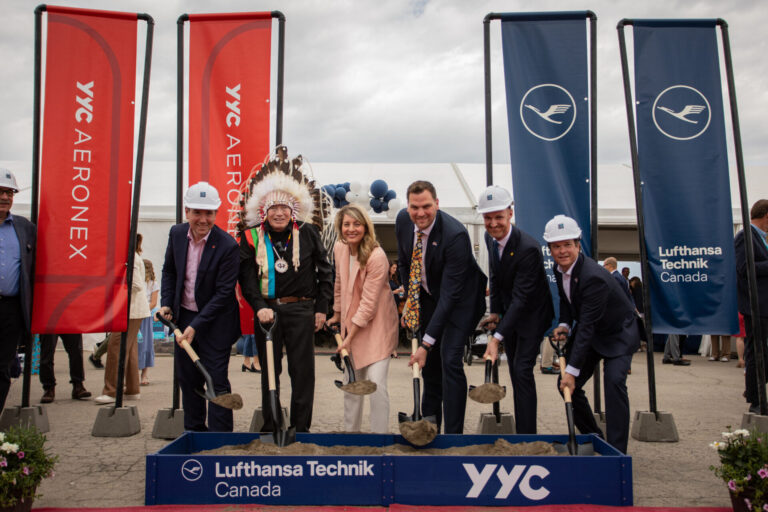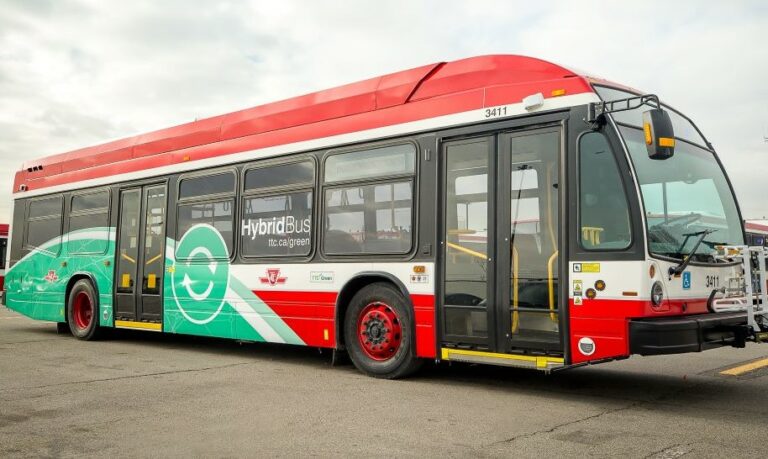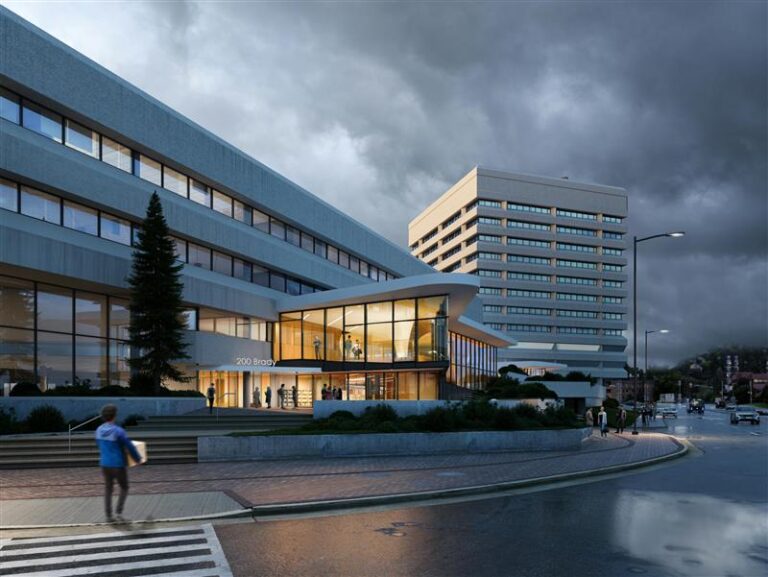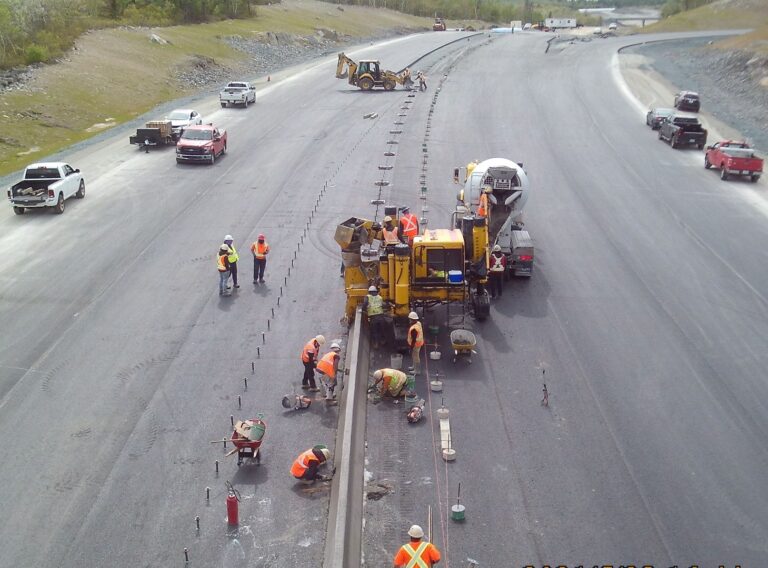Smart Cities continue to be one of the most discussed subjects in the Canadian infrastructure landscape. And it’s for good reason. The Canada-wide Smart Cities Challenge caused communities to think about what would make their city smarter, whether that relates to security, health and safety, mobility, energy, resilience, or one of a plethora of other ideas.
As the panel of international experts discussed the subject of building better cities at the 12th edition of the Toronto Global Forum, moderator Greg Smith, president and CEO of InstarAGF Asset Management, paused the conversation to ask what exactly a smart city is.
Fred Ellermeier, vice-president of connected communities at Black & Veatch, said that a smart city is one that uses its installed infrastructure to improve the community’s livability and affordability. RATP Dev CEO Laurence Batlle, whose company provides mobility solutions in 14 countries across four continents, suggested that a smart city isn’t necessarily a connected city, as the foundation of the smart city is quality of life. The priorities for being a smart city depend on the location, not a one-size-fits-all model that can be copied and inserted without modification. Damian Joy, an infrastructure advisory partner at EY, recommended that ‘smart city’ should be abandoned and instead replaced by ‘livable city’, one that takes full advantage of the systems it puts in place. Joy explained that solutions aren’t always solved by new technology; sometimes it’s an old school piece of built infrastructure that makes a neighbourhood smarter.
Batlle used an example of a solution for a city in France that helped to illustrate Joy’s point. Residents in the community explained that it was difficult to understand how and where to connect from one transit node to another. Sure, those with smartphones could easily bring up an app that told them what transit stop to exit at in order to connect with another bus or train, but this did not help with wayfinding once they left the original transit vehicle. The recommendation was that perhaps something could be painted on the sidewalk that would show where to go to get the next bus or train. It was a simple solution that did not require new technology, but did make the community smarter.
That connectivity between different modes of transportation is one of the key challenges facing urban centres as they work to fulfill the smart cities mandate. First mile and last mile solutions are needed, better and timelier connections are needed between transit systems operating in the same community, and the transportation model must be ‘massified’ in order to reduce roadway congestion.
As communities work to become smart cities, it is clear that they must first identify what will make them smarter, and then figure out the solution. Doing so will meet Batlle’s expectations of the smart city movement by creating a better quality of life.

